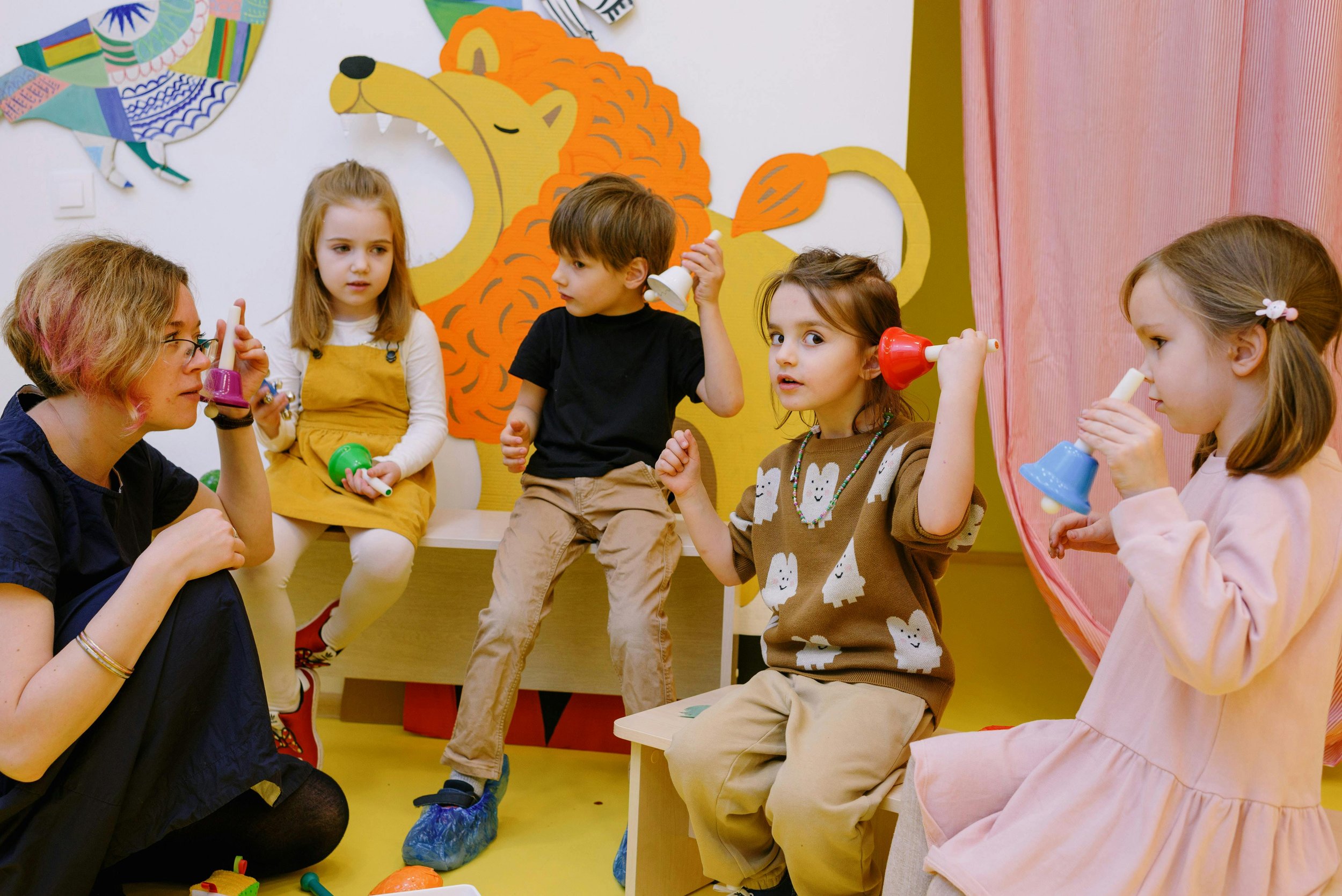
Helping schools, theatres and community teams design inclusive, ambitious environments and programmes
Through thoughtful planning, intervention design, and by building staff knowledge, reflective capacity and practical tools, we help organisations support the full spectrum of communicators — from disabled and neurodivergent individuals to confident speakers whose oracy can be refined and stretched. We create the conditions where every communicator can take part, be heard, and exceed expectations
Verbal
Diversity
Philosophy
At Verbal Diversity, we believe communication is a fundamental human right and a powerful tool for self-expression, connection and growth. Our approach is rooted in ethical, evidence-based and capacity-conscious communication support.
We work across the full spectrum — from learners developing their first gestures to confident communicators ready to refine their oracy and public voice.
We believe communication environments, interventions and programmes can be:
Inclusive — designed with the needs of diverse communicators at the centre
Accessible — offering meaningful ways to participate, connect and be understood
Ambitious — challenging every communicator to go beyond what’s expected, and discover their full expressive potential
Our practice reflects this by:
Supporting autonomy through co-regulated, child-led interaction
Accurately interpreting behaviour, vocalisations and interests
Respecting mental capacity — never presuming understanding or intent without corroboration
Designing frameworks that stretch confident speakers, refine oracy, and elevate underrepresented voices
We don’t set limits. We remove them.
Previous Projects
Previous Projects
Create Speak Thrive
Charlotte served as the strategic SLCN consultant for this multi-year, Paul Hamlyn Foundation-funded programme. She embedded speech, language and communication needs into the very fabric of the project — not as an add-on, but as a foundation for inclusive, cross-curricular creative pedagogy. She played a critical role in coaching teacher-researchers: supporting them to formulate meaningful, communication-sensitive research questions and develop methods to test and measure impact.
Charlotte co-authored the national toolkit, led CPDL for educators and artists, and helped develop assessment tools and narrative frameworks. She modelled inclusive classroom techniques and helped align creative learning with expressive language outcomes.
Her work ensured that oracy, voice and communication development were accessible to all learners — including those with SLCN — and challenged schools to build environments where every child’s voice could grow in confidence and power.
Community-Based Family Communication Programme (Bounce Theatre & Partners)
Charlotte acted as clinical consultant and advisor to a family communication programme delivered through Bounce Theatre, reaching parents and children referred via early help networks like Home-Start.
She delivered targeted CPDL for artists and facilitators, embedding strategies from her Notice, Adapt, Celebrate framework to help practitioners recognise and respond to early communication behaviours. Her input included clinical supervision, mentoring, and reflective practice support to ensure that staff could uphold dignity, neurodiversity-affirming practice, and therapeutic pacing.
Charlotte’s approach empowered parents as co-communicators and celebrated the voices of children often overlooked by mainstream services. The programme offered a model of accessible, creative, inclusive practice — with impact that rippled from the home environment into wider community participation and self-advocacy.
Verbal Diversity Nature Communication Workshop at Paradise Cooperative
Charlotte worked with Paradise Co-op to develop a nature communication program Befriending Trees — nature-based workshops for disabled and neurodivergent children and young people. She advised on communication strategies and programme design to ensure that non-verbal, sensory and emergent communicators could meaningfully engage.
Her approach embedded co-regulation, symbol-supported storytelling, and opportunities for child-led interaction into the outdoor environment. She also supported the delivery team with reflective tools and pre-session planning to ensure inclusive practice. Parent feedback confirmed the programme helped families feel “seen, included, and celebrated” — offering a gentle, creative space for voice, relationship, and communication to flourish.

